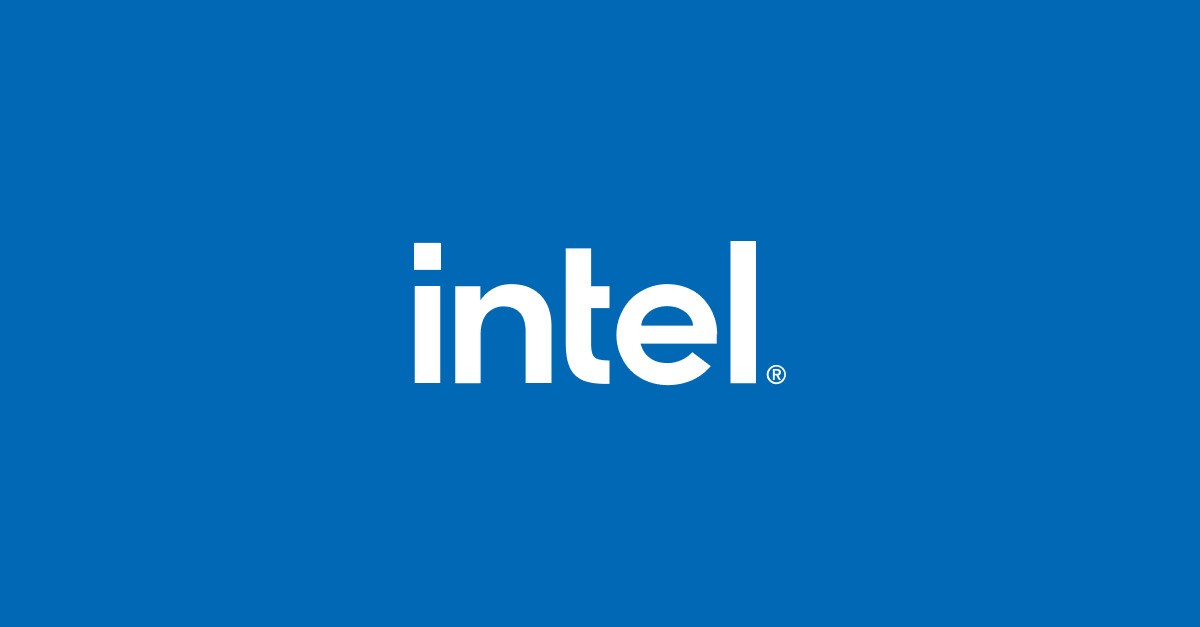Why is this so hard to understand? It's the story of American business.
Here's how American businesses have run since about WW2:
- business is founded by an engineer, takes risks, does great things.
- founder dies, second gen manager is adequate but feels insecure as both an engineer and on the finance side
- third gen manager takes over. 3rd gen manager is an MBA finance type. Thinks what the engineers do is trivial. Thinks R&D is a cost center that needs to be controlled. Thinks the world doesn't change, and that reality is whatever you want it to be. Company goes off the rails.
IBM. Boeing. Microsoft. Xerox. Now Intel. Same pattern.
It's not absolutely inevitable. Sometimes you get a new manager who appreciates that technology doesn't just happen -- Microsoft under Satya. New AMD. But it is the most common pattern.
As always, Steve understood this years ago:
Before you get angry with my analysis, ask yourself why exactly DID 10nm go of the rails. Why, specifically, was it not based on EUV? Because EUV was expected to cost too much.
And there you have the finance mindset in its full glory. Prioritize cost over everything. Ignore risk. Ignore the benefits of starting a new tech early (learning, first access to those ASML machines). Ignore that competitors will not stand still. Ignore that new tech means new markets opening up.
(eg, where are Intels' MobileEye and Habana going to be fabbed? Chip types that weren't even dreamed up back when the initial 10nm decisions were made, because the people making those decisions were not engineers, and did not consider it important to understand that new technologies open up new market possibilities.)



